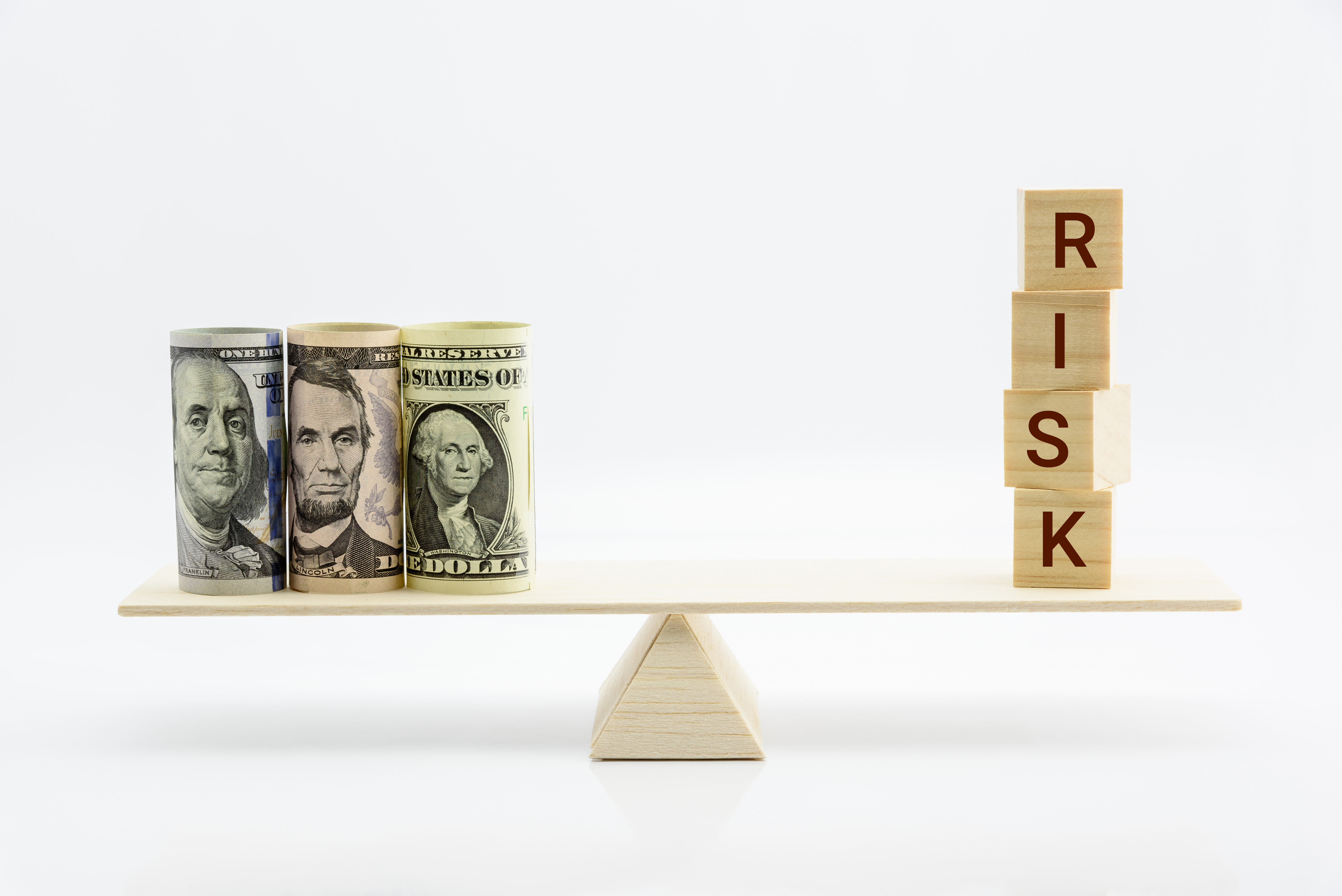Ah, the heady times when markets just keep rising as if to the moon. It is exhilarating, isn’t it?
Perhaps this is a good time to review the concepts of risk and reward. Take the gambler in the casino who cannot control how the dice roll – only how much risk he or she is willing to wager on the bet. You know it’s awfully easy to forget about risk when everything is going well. The temptation to pile into a rising investment while the market it hot is enticing. That’s why we need to remember that 20% corrections are common; and that we have seen two 40% plus reversals in the past fifteen years. When a $1 million portfolio suffers a $200,000 or $400,000 reversal fear and panic can lead to irreparably bad decisions. So, think about how much downside you can tolerate before the inevitable occurs.
This brings us to perhaps an even more difficult but at least equally important subject – the inclination to wait to buy until a price decline reverses.
A retail shopkeeper once explained to me that selling a product is never where the profit is made. That’s because to be competitive you must match or better whatever price the competition is offering. Rather, she explained, it is in the buying that the profit spread occurs. You need to get product cheaper than the competition if you are to generate a greater profit.
This works in investing. If only we could identify the best time to buy. Alas, we know that timing the market is a fool’s errand. But that is not to say that we cannot buy right automatically. Assume a 50% equity/50% fixed income portfolio. The stock side of the portfolio tanks 20% and your ratio of stocks to bonds declines from 50/50 to 40/60. That creates a need to sell enough bonds to buy additional stocks – at a now discounted price – to bring your mix back to 50/50. Then, when the stock market recovers, not only does your original investment return to its prior value, but you turn an 8% profit on the stocks you bought at the discount.
What is critical here is to keep both concepts – risk and reward – clearly in mind at all times when investing. We each have a maximum risk profile. It may be 60/40, 80/20, or even a conservative 30/70. Whatever mix you target, it is essential that it be always maintained within a disciplined band. That will give you confidence that you are not taking too much or too little risk to achieve your objectives. You’ll be able to remain calm when others panic, and brave when others lack the courage to buy.
.png)
.png?width=440&height=102&name=Wealth%20Conservatory%20Logo%20(1).png)



